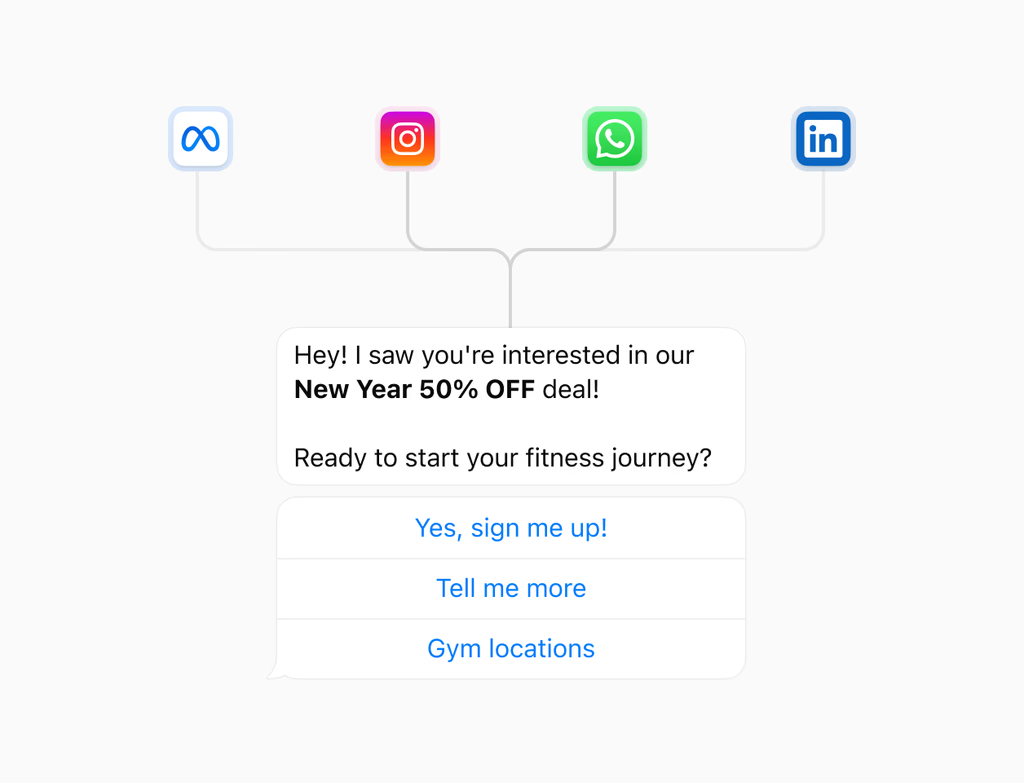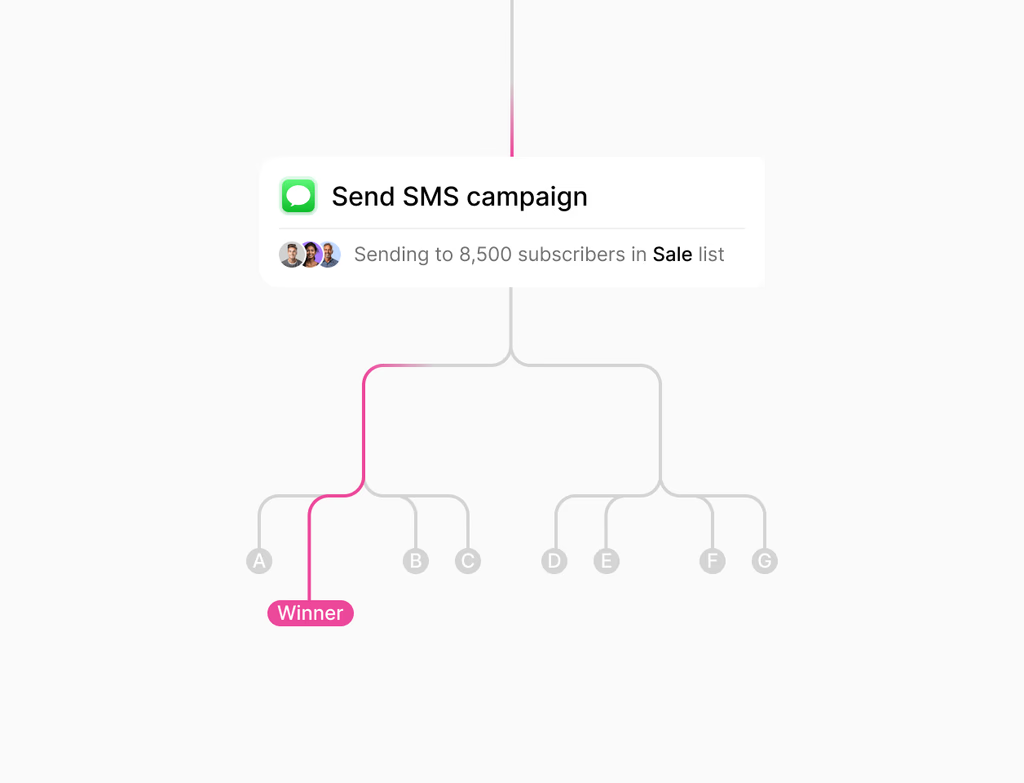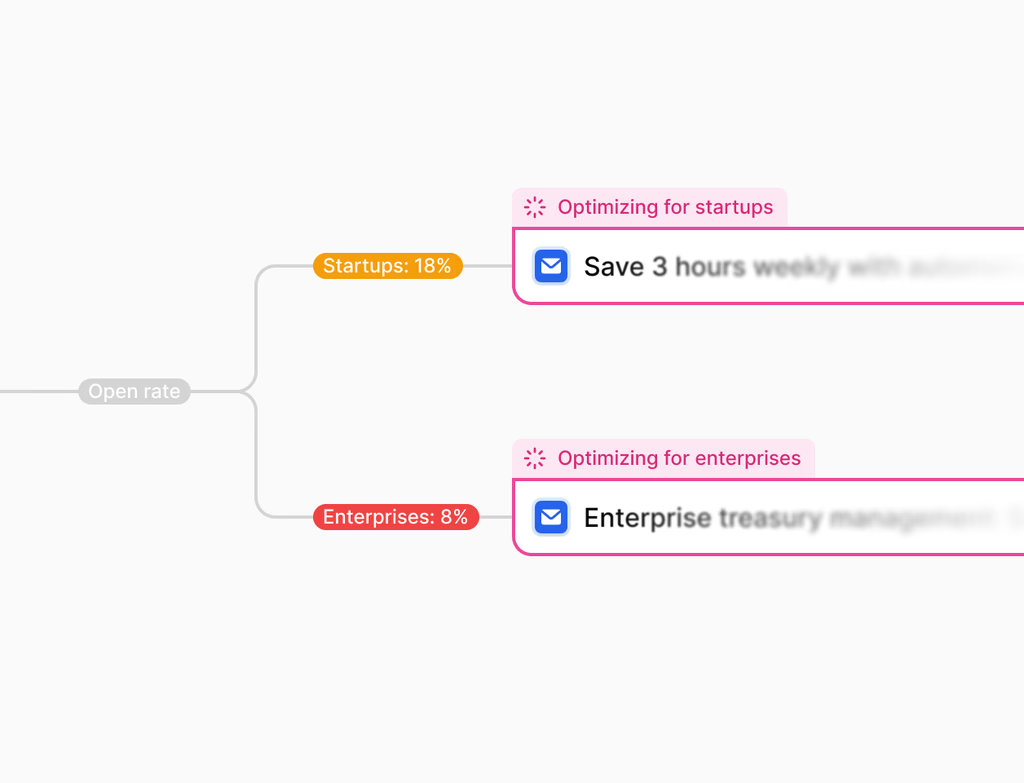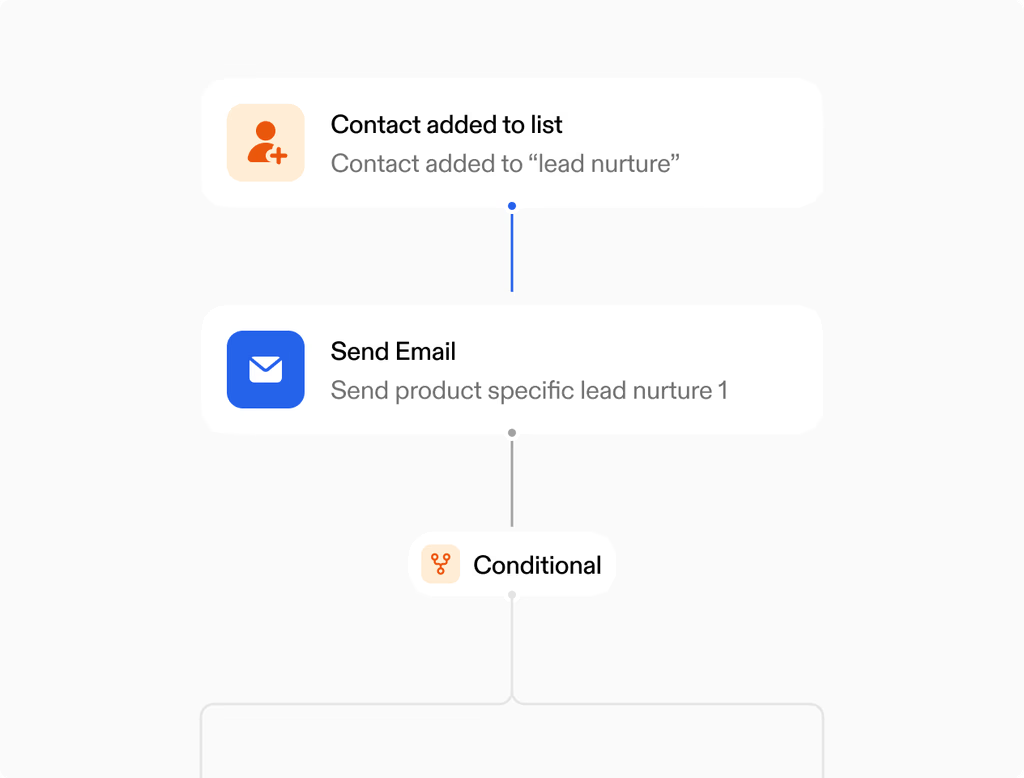Do I need a developer to build pages in Hoop?
No. The Landing Pages feature on the Hoop platform is specifically designed for marketers and business users. You can create beautiful, high-converting pages without writing a single line of code. The visual editor uses a drag-and-drop interface, making it easy to assemble and customize page sections quickly.
This speeds up your marketing campaigns significantly, reducing reliance on development teams for simple page creation or quick iterative changes. Templates and reusable sections ensure your brand styles remain consistent across all your campaigns, helping you maintain a professional and cohesive online presence.
How does the Landing Pages feature improve conversion rates?
The feature is built to maximize your conversion potential through integrated testing and optimization tools. You can easily set up and run A/B tests to determine which elements perform best with your audience. This data-driven approach means you continuously improve your page effectiveness.
Key optimization features include:
- A/B tests on headlines, layouts, and CTAs.
- Page-level analytics for views, submissions, and conversion rate.
- Field-level drop-off insights to help reduce form friction.
By identifying and addressing bottlenecks in your conversion path, Hoop helps you turn more visitors into qualified leads efficiently.
Which Hoop plans include access to the Landing Pages feature?
The Landing Pages feature is available across multiple Hoop platform pricing tiers: core, pro, and enterprise plans. The specific usage limits, advanced features, and level of support often scale with the plan you select.
Typically, the core plan provides fundamental capabilities like the drag-and-drop editor and basic analytics. Higher-tier plans, such as pro and enterprise, unlock more advanced features. This includes enhanced A/B testing capabilities, greater limits on custom domains, and deeper integration options with other systems, ensuring the feature grows with your business needs and marketing volume.
What is required to connect page forms to my existing CRM?
Connecting your landing page forms to an external CRM is a straightforward process within Hoop. Every form submission automatically maps to contact fields in your CRM, ensuring data consistency and accuracy. This setup typically requires linking your Hoop account to your CRM via an API key or integrated connector.
Once connected, Hoop manages the data flow, performing key actions automatically:
- Mapping form data to contact fields.
- Deduplicating records to maintain a clean database.
- Triggering immediate workflows for lead routing and follow-up.
This ensures new leads are immediately assigned to the right owners and entered into your sales pipeline, delivering a rapid time-to-value for your campaigns.
Can I publish the landing pages to my own custom domains?
Yes, you absolutely can publish your high-converting landing pages to your own connected custom domains and subdomains. Hoop provides the necessary publishing tools to integrate seamlessly with your existing web infrastructure. This gives you full control over your brand presence and URL structure.
Using custom domains is vital for building trust and maintaining brand consistency. You benefit from centralized asset management for images and brand components, ensuring everything is optimized for performance and brand compliance. The platform handles the technical hosting details, allowing you to focus purely on content and optimization.
How does the platform ensure security and governance for landing pages?
The Hoop platform places a high priority on security and governance for all features, including Landing Pages. While building pages, you benefit from a structured environment that includes roles, approvals, and comprehensive audit trails. This prevents unauthorized changes and ensures compliance with organizational standards.
In terms of data security, any captured lead data from forms is handled with industry-standard security protocols. This includes robust source tracking and clear consent capture mechanisms. The platform ensures that sensitive customer information is managed securely before being routed to your connected CRM, maintaining data integrity and privacy.



.avif)





